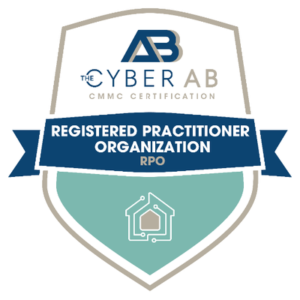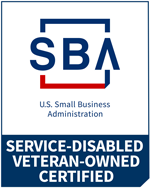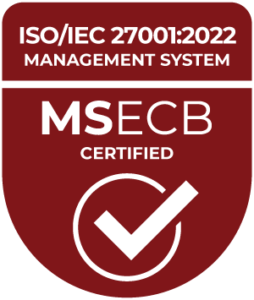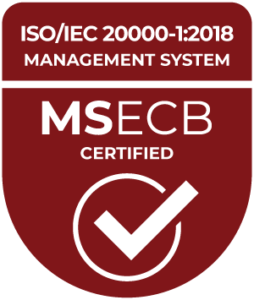The fundamental shift in how organizations manage and access data and applications makes cloud security a paramount concern. With the widespread adoption of cloud computing, organizations now must trust third-party cloud service providers with sensitive data, critical applications and cloud infrastructure.
The security of these assets is essential to prevent a range of threats, including data breaches, unauthorized access, loss of data and service interruptions, which can result in financial losses, reputational damage and legal consequences. With effective cloud security, organizations can maximize the benefits of cloud computing while maintaining the confidentiality, integrity and availability of their data and services.
Cloud Security Best Practices
To assist organizations in their cloud security efforts, the Cybersecurity and Infrastructure Security Agency and the National Security Agency recently released several cybersecurity information sheets with recommended best practices and mitigations to improve cloud security. Here are some of the cloud security best practices highlighted by these agencies.
- Use robust identity and access management (IAM) solutions to manage user identities, enforce authentication policies and control access to cloud resources based on roles and permissions.
- Enforce multi-factor authentication (MFA) for accessing cloud services, which requires users to provide multiple forms of verification, such as a password and a temporary code sent to their mobile phone.
- Grant users only the minimum level of access necessary to perform their job functions, which reduces the risk of accidental or intentional data breaches caused by excessive permissions.
- Keep all cloud infrastructure components up to date with the latest security patches to address vulnerabilities that attackers could exploit.
- Encrypt data both in transit and at rest using robust encryption algorithms to ensure that it remains unreadable to unauthorized users even if data is intercepted or compromised.
- Employ network segmentation to contain potential breaches and limit the lateral movement of attackers within the environment; use firewalls and access control lists to control traffic between segments.
- Conduct regular security audits and assessments to identify vulnerabilities and weaknesses in the organization’s cloud environment; employ continuous monitoring to detect and respond to suspicious activities in real-time.
- Use web application firewalls (WAFs) to protect web applications hosted in the cloud from common security threats, such as SQL injection, cross-site scripting and other attacks.
- Educate employees on security best practices, such as recognizing phishing attempts, creating strong passwords and handling sensitive data securely.
- Review and update security policies and procedures regularly to adapt to evolving threats and changes in the cloud environment.
- Adhere to cloud security best practices when selecting managed service providers.
- Leverage the expertise of cloud security service providers to augment internal security capabilities and ensure comprehensive protection of cloud assets.
By implementing these measures, organizations can boost the security of their cloud environments and reduce the risk of security breaches and data loss.
Looking to meet your organization’s cloud security requirements? MBL Technologies can help. We offer a wide array of cybersecurity services to help you identify weaknesses in your security posture and implement cost-effective, targeted solutions. Contact us today to get started.




